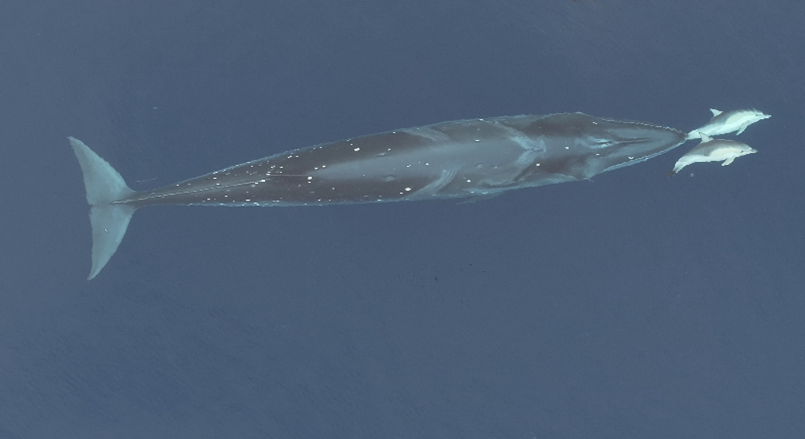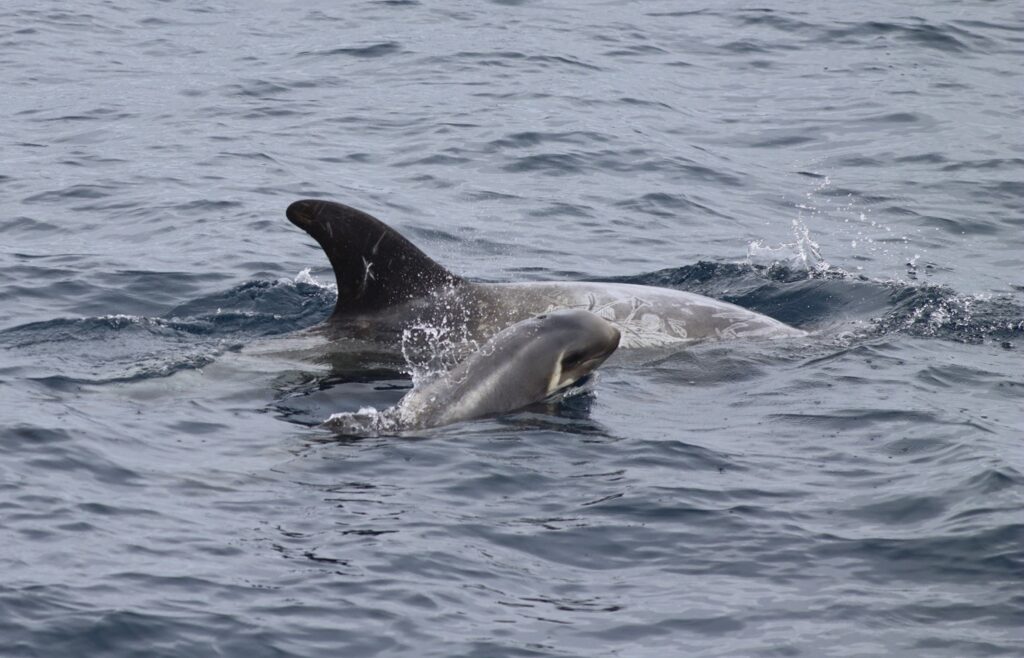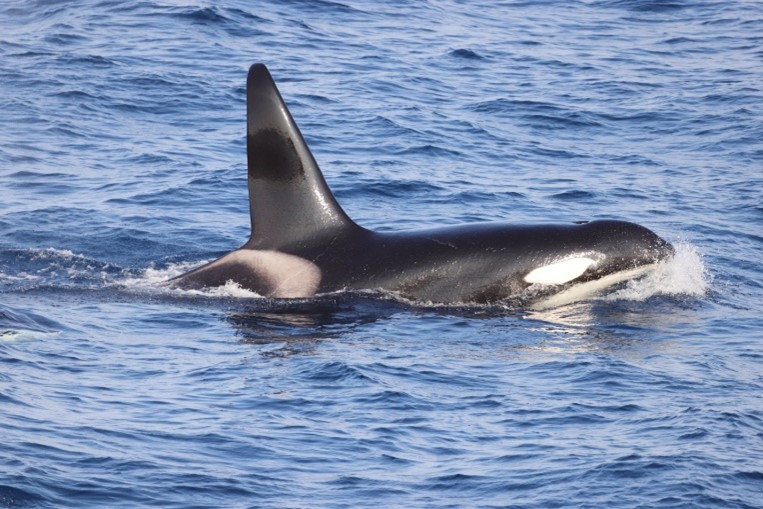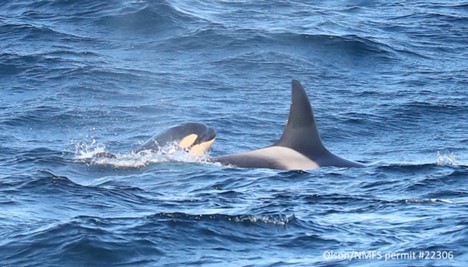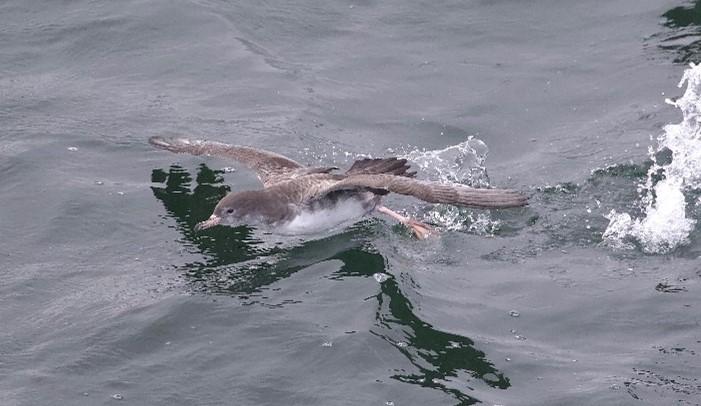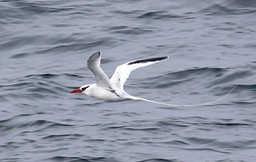In early December, NOAA’s Southwest Fisheries Science Center (SWFSC) completed the 2024 California Current Cetacean and Ecosystem Assessment Survey (CalCurCEAS 2024). The main objective of this 4-month shipboard line-transect survey was to estimate population abundance and describe distributions of cetaceans in the California Current off the U.S. West Coast. Baird’s beaked whale. Photo credit: Felipe Triana (Azura). NMFS permit #22306
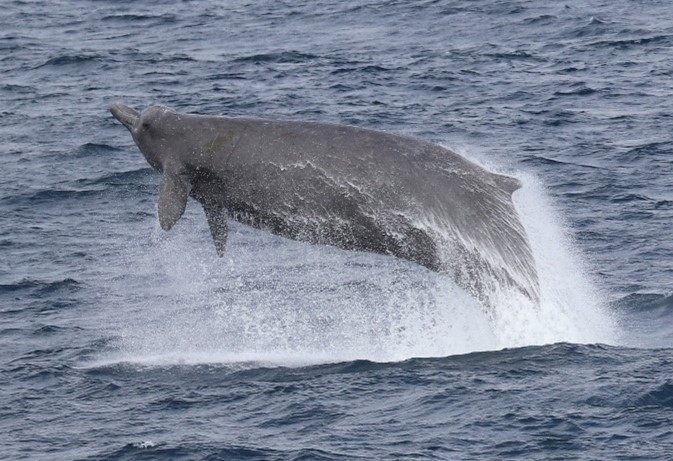
Aboard the R/V Bold Horizon, the survey team also recorded seabird sightings and collected environmental data and samples, including water samples for eDNA analyses. The research team for this survey included NOAA scientists and 14 Azura scientists (12 cetacean observers and 2 seabird observers).
The team covered over 4,400 nautical miles of survey effort and recorded over 1,354 cetacean groups from at least 24 species, including the short-beaked common dolphin, Rissoʻs dolphin, killer whale, Bairdʻs beaked whale, fin whale, sei whale, blue whale, sperm whale, humpback whale, gray whale, Dall’s porpoise, harbor porpoise, Pacific white-sided dolphin, northern right whale dolphin, and pygmy sperm whale.
The team also recorded over 30,000 birds from 91 species, including the Pink-footed Shearwater, Sooty Shearwater, Red Phalarope, Sabine’s Gull, Common Murre, California Gull and Leach’s Storm-Petrel. Notable highlights included sightings of the North Pacific’s Long-tailed, Parasitic and Pomarine Jaegers; South Polar Skua; Guadalupe Murrelet; Murphy’s Petrel; Green-winged Teal; and Black-footed, Laysan, and Short-tailed Albatrosses along with a brief view of a Providence Petrel which is an unconfirmed species in the northeast Pacific Ocean.
This article was approved for posting by NOAA.
